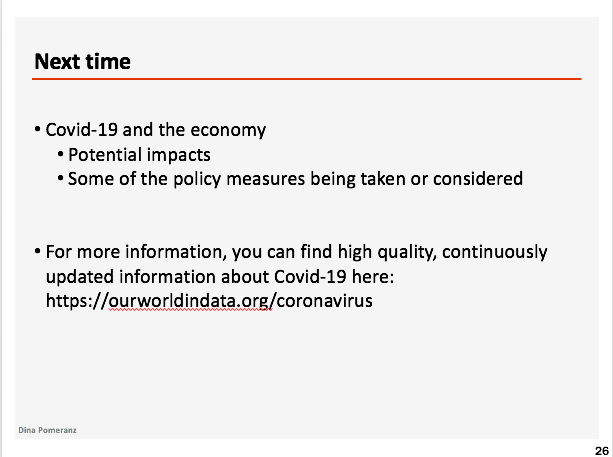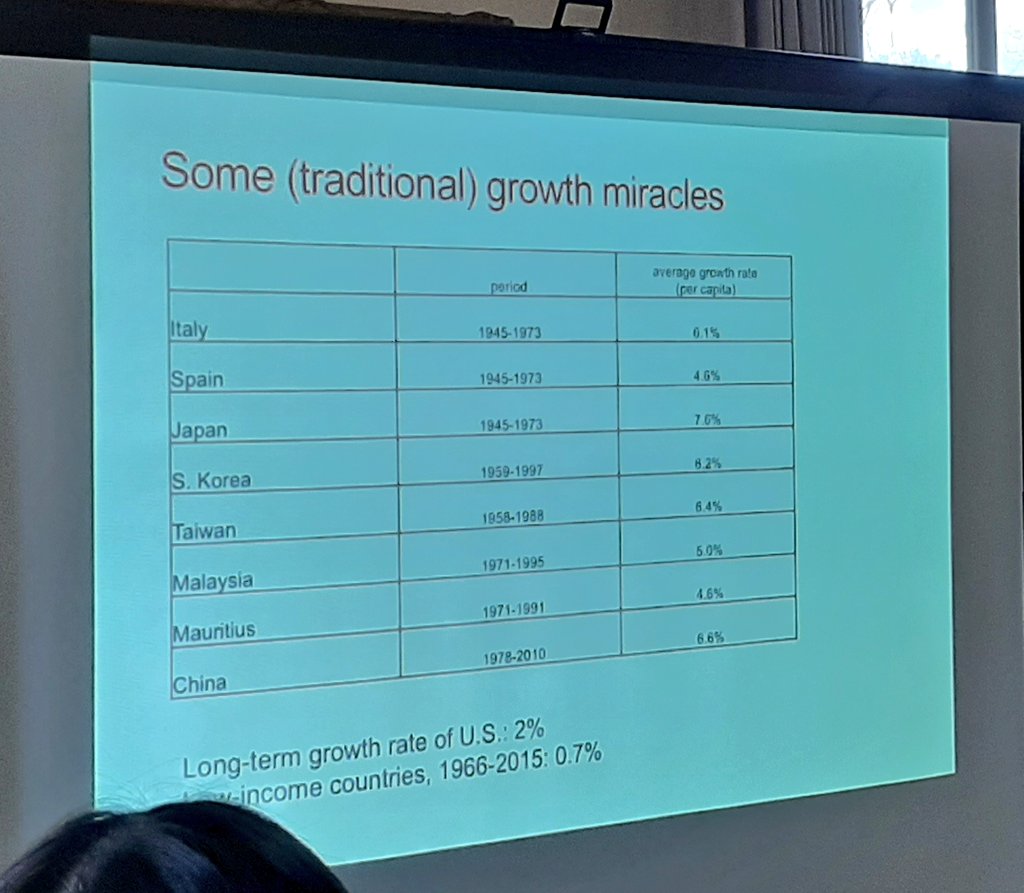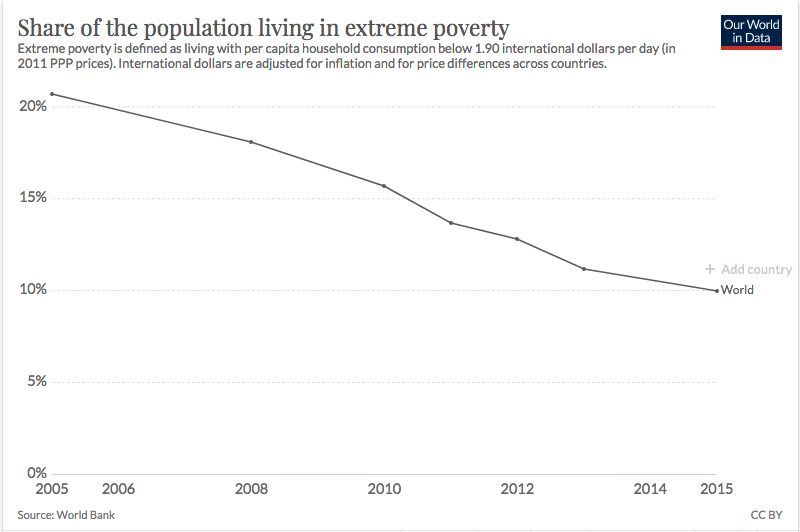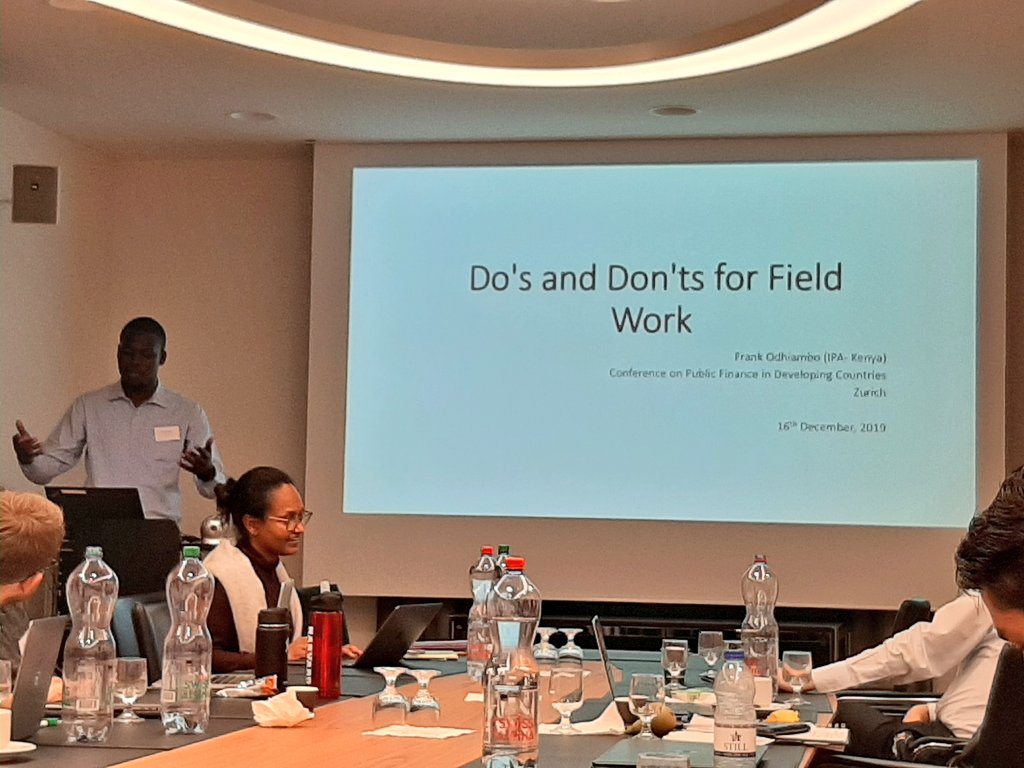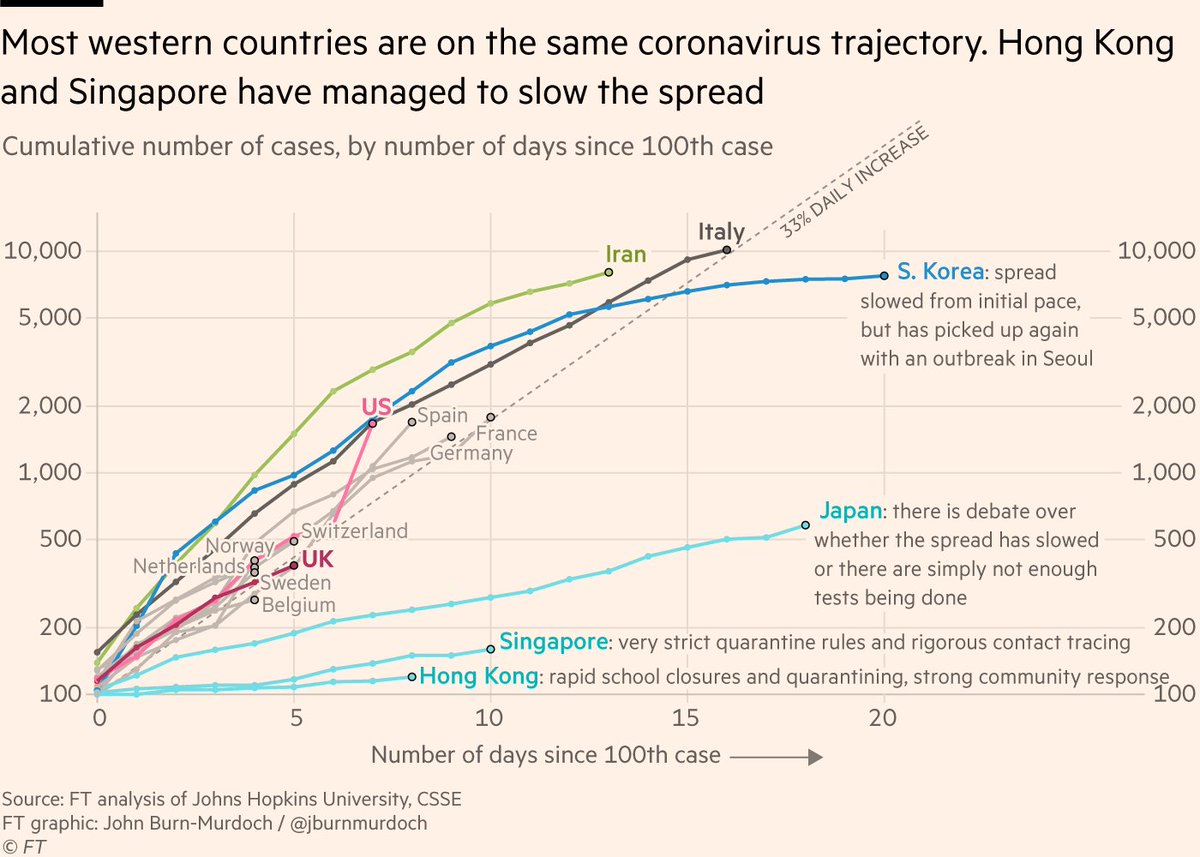1/n
5/n
And the numbers go up fast. As of March 13th, in a group of 20 people there was already a 1 in 5 chance of one person having the virus (source @AguzziTemp).
13/n
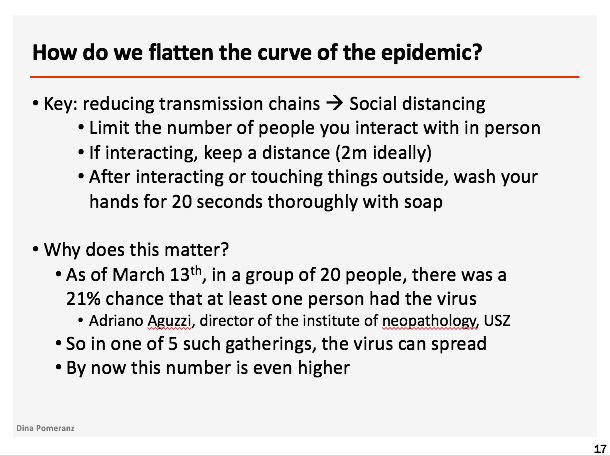
This is a classic case of a negative externality, where the behavior of one person affects the wellbeing of another. Therefore "self-responsability" or markets won't fix it.
19/n
- those who interact with elderly persons or members of vulnerable populations to support them, and with nobody else
- and those who interact with other people, e.g. children, and do not interact with elderly persons at all.
21/n
#AloneTogether Zoom happy hours or dinner parties, etc.
Let's stay socially close while being physically distant!
22/n

In next class, we'll talk a bit about the economic ramifications of Covid-19.
/end
